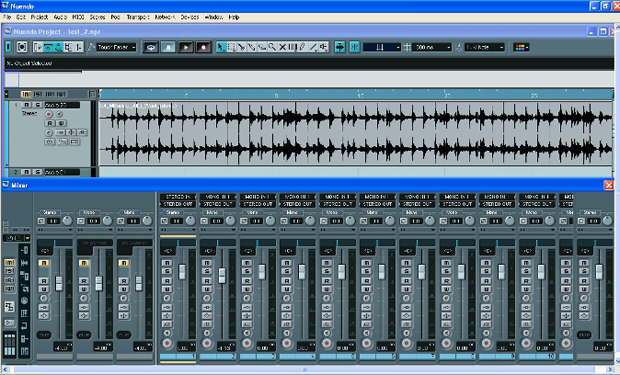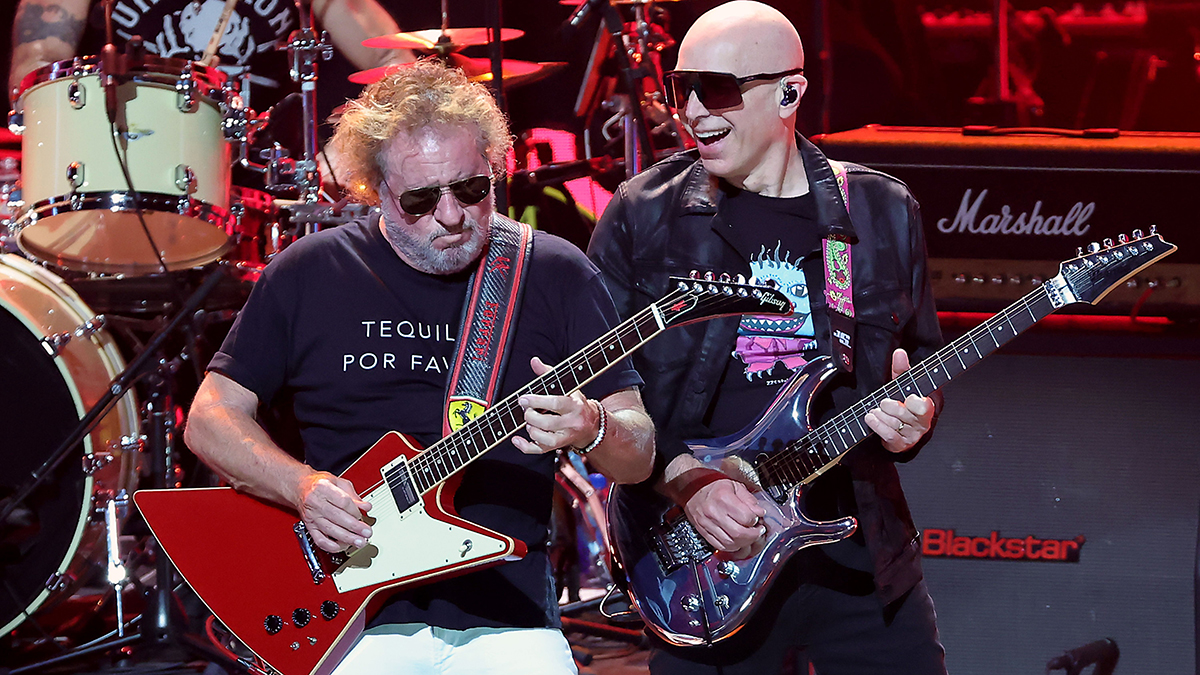Songcraft: Becoming Your Own Producer, Part 3

With a majority of today’s songwriters having powerful recording tools at their disposal, just a laptop’s click away, and the line between home and studio recordings blurring daily, writers/artists are now finding themselves, more and more, in the role of de facto producer when looking to capture their latest creations.
With that thought in mind, Songcraft’s “Becoming Your Own Producer” series will look to dissect, simplify and offer insight into the (sometimes daunting) process and art of DIY music production.
(In case you missed the previous installments of this series, check out parts one and two under RELATED CONTENT to the left.
Recording (Cont.)
Picking up where we left off in our previous post, we continue with the record phase of our production project.
• Follow the map. Now with drums, bass, a chordal instrument and scratch vocal in place, dig out the arrangement “road map” you created back in pre-production. Again, this document should contain a list of all the specific musical parts that will populate your song, the instruments that will play those parts and any/all additional arrangement ideas. Begin to overdub your parts one by one. As you record, listen not only for accuracy of execution but for passion and feel as well. Remember that sometimes the best takes aren’t always the “perfect” ones.
After you finish recording each part, edit as needed in your DAW but don’t overdo it; if something requires a lot of slicing/dicing it probably needs to be rerecorded. Once edited, rough mix each new part into your track. Spot editing and rough mixing as you go will give you an immediate sense of whether or not your arrangement is actually working as a whole. It will also lessen your workload down the line when you enter the mix phase of the project.
Get The Pick Newsletter
All the latest guitar news, interviews, lessons, reviews, deals and more, direct to your inbox!
• Check ego at the door. While tracking, remember that everyone involved in the recording process, from producer to band member, is there to serve one master and one master only, the song. Acknowledge your limitations and always defer to the best player in the room for the sake of the tune. If the drummer can rock that odd little rhythmic guitar figure better than the guitar player, let him have a crack at it. If the arrangement calls for a part or instrument no one on hand can really play, don’t try and fake it, hire someone who can. There are a ton of great/affordable musicians out there who can use the work and your track will sound all the better as a result of their expertise.
Lastly, be open to experimentation. If any of your collaborators offer up arrangement suggestions, don’t dismiss their thoughts because they may deviate from your blueprint or vision of the song. Give things a try. Great producers will always harness the best ideas even if they’re not their own.
• Vocals. Once the instrumental components of your tune have been recorded, dismiss your scratch vocal track and begin the task of capturing final vocal performances for the song. There are many ways to record vocals. As such, it’s best to defer to the singer as to what approach they’re personally most comfortable with. If your vocalist wants to sing the song in sections, let them do so. If they prefer to sing the whole song in one pass, record three or four takes and edit together a “best of” comp after the tracking session.
As the singer lays down his or her tracks, once again, listen for accuracy (pitch/timing) in addition to passion and feel. As mentioned earlier, keep in mind the best takes might not always be the ones that are technically perfect.
Remember to try double tracking vocal parts if you’re looking for a fatter sound. When applicable to the genre, add backing/harmony vocals. If there’s more than one vocalist in the band, have someone other than the lead singer record the background parts as to add a different color/texture.
• The extras. Once lead and/or backing vocals are in the bag, think about any last minute arrangement or production ideas you may want to add to your song before moving on to the mix phase of the project. Often overlooked, simple percussion overdubs or subtle keyboard pads, etc can serve as valued additions to an arrangement, lending some polish to your track.
• Watch your back. Always remember to save your work during and after every recording session. Back up your files to multiple external drives and/or DVDs. A minute devoted to file back-up may save you hours of rerecording in the event you’re faced with equipment failure.
- As mentioned in the disclaimer at the head of last post, the art of recording is a subject as vast as it is varied. The suggested approach above is just that, a suggestion culled from my own experiences as a producer. There are, of course, many approaches both technical and procedural. Educate yourself and experiment to find the ones that work best for you.
- If you have any questions in regard to recording, leave a comment (above).
Next up, “Becoming Your Own Producer” starts twiddling knobs with the mix phase of our production process.
Mark Bacino is a singer/songwriter based in New York City. When not crafting his own melodic brand of retro-pop, Mark can be found producing fellow artists or composing for television/advertising via his Queens English Recording Co. Mark also is the founder/curator of intro.verse.chorus, a website dedicated to exploring the art of songwriting. Visit Mark on Facebook or follow him on Twitter.
“Around Vulgar, he would get frustrated with me because I couldn’t keep up with what he was doing, guitar-wise – Dime was so far beyond me musically”: Pantera producer Terry Date on how he captured Dimebag Darrell’s lightning in a bottle in the studio
“He ran home and came back with a grocery sack full of old, rusty pedals he had lying around his mom’s house”: Terry Date recalls Dimebag Darrell’s unconventional approach to tone in the studio









